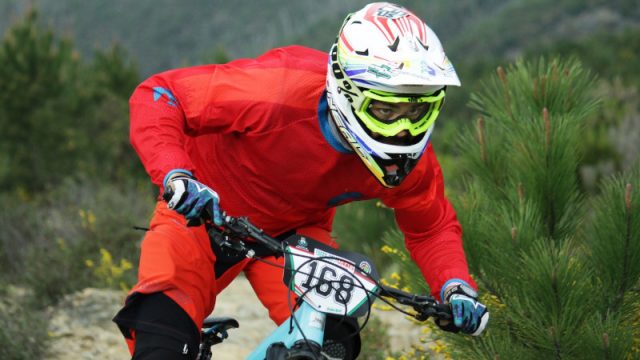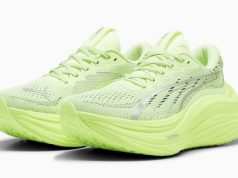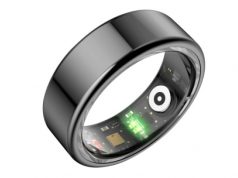Mountain bikers don’t think about pedals, until these things break, ruining a ride in the process. The most trusted mountain bike pedals remain those from Shimano. Lance Branquinho explains why he rides Shimano PD-M520s.
Shoes are a personal preference in mountain biking, but when it comes to pedals, there is universal agreement that Shimano sets the standard.
This Japanese cycling component giant launched its SPD (Shimano Pedaling Dynamics) clipless pedal system over three decades ago. Since then, it has dominated the market for off-road cycling pedals.
Shimano SPDs are simple, robust clipless pedals that often outlast the mountain bikes they are fitted to.
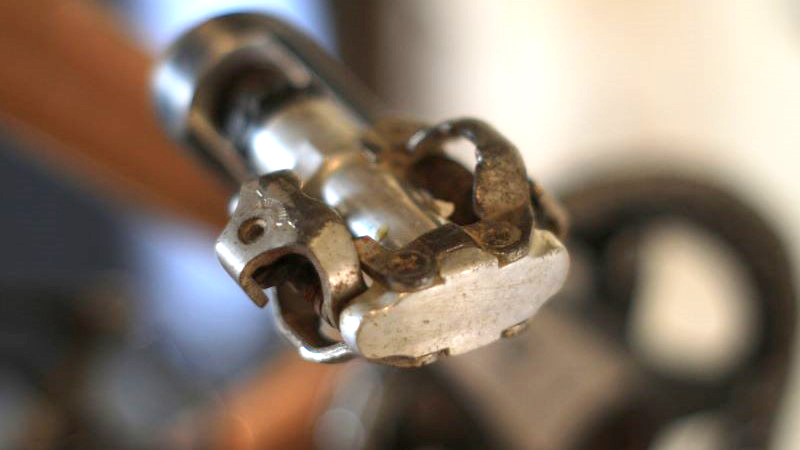
Key features
- Construction: Chromoly steel
- Pedal height and width: 17mm x 55mm
- Weight: 380g
- Adjustment system: Shimano SPD
- Price: around R900
Why I bought the Shimano PD-M520s
Regarding pedals, mountain bikers are divided into two groups: clipless and flats. Most South African mountain bikers ride clipless pedals, where a cleat under the shoe clicks into a spring-loaded pedal mechanism.
I have been a clipless pedal rider since I started mountain biking. The efficiency of clipless pedal riding works for me. I also like the security of being cleated in when rolling at speed over rocky terrain, instead of bouncing on the pedals – which is often the case when riding flat pedals.
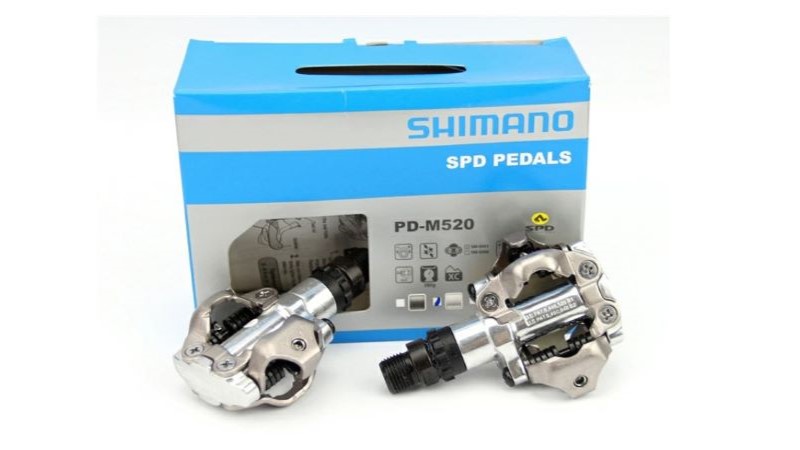
What’s in the box?
The Shimano’s PD-M520 pedals are a study in functional minimalism. You take them out of the box, place the washers into your crankset thread, and screw the pedals into place.
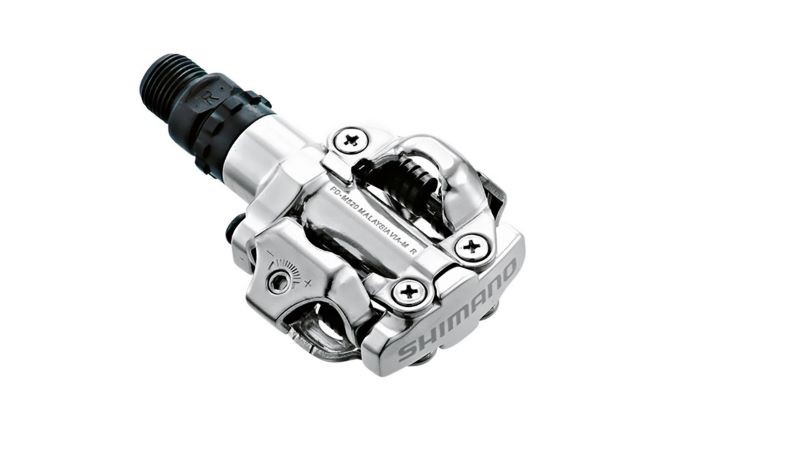
Setting up
Pedals are probably the least complicated mountain bike component to fit, but here riders can make the silliest mistakes. Don’t overtighten your Shimano SPD pedals – it can cause the thread to bind.
And remember: the drive-side pedal threads conventionally, but the non-drive-side pedal has reverse threading. That’s an important detail to remember, to prevent annoyance.
You can select the SPD system’s spring-loaded tension by using a 3mm Allen key. Some riders like a loose feel, with lots of rotational movement (or ‘float’, as cyclists call it). Others want their SPD pedals to feel like skis, completely locked in.
[mailchimp_list]
Using the Shimano PD-M520 pedals
There’s a saying in mountain biking: get Shimano SPDs because they just work.
Once you’ve set the tension, the SPD system clips in and releases with remarkable predictability. And there’s no fragility, either. My Shimano PD-M520 pedals have survived rock strikes and muddy winter rides without developing any play.
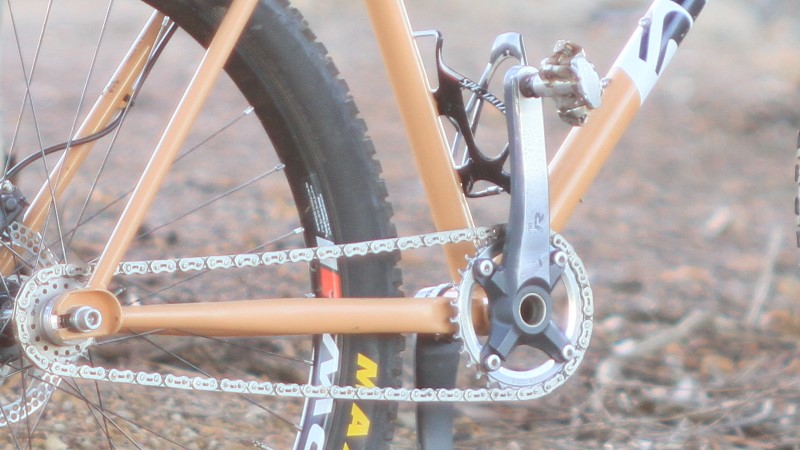
What we like about them
Fit and forget. This is the true benefit of Shimano’s SPD pedal system and the PD-M520s are incredibly reliable. I know of riders who have ridden their Shimano SPD pedals for many seasons, in all weather conditions, without any maintenance.
These pedals also spin on a sealed cartridge bearing, offering great weather sealing on those rainy, muddy rides.
Where Shimano can improve the PD-M520s
The Shimano PD-M520 pedals are astonishingly durable but aren’t light, at 190g each. As with everything in cycling, you pay to shed those grams.
If you want less rotational weight, you’ll have to upgrade to Shimano’s XTR line of pedals. These are three times the price while offering the same proven SPD design, at a 70g weight saving.
Conclusion and score
Mountain bike pedals work hard for a living. They support your full weight when descending, and transfer power while pedalling.
Shimano’s PD-M520s might not be the lightest clipless pedals, but they are the most reliable and have achieved legendary status amongst riders – with good reason.
Priced at around R900, Shimano’s PD-M520s offer terrific value.
The Shimano PD-M520 pedals rate 5 out of 5.
5.0 out of 5.0 stars

